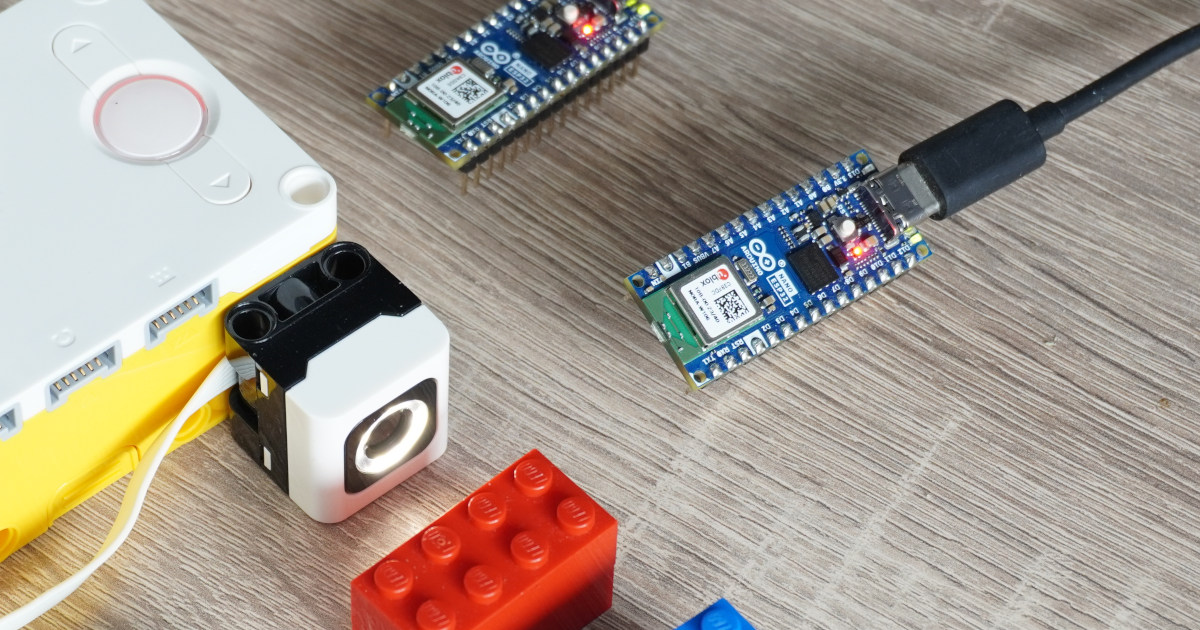2. What about sending data from non-lego devices in the same format (using broadcast)?
This is definitely a possibility. Both sending and receiving. The protocol implemented follows the format used by the hub-to-hub communication blocks in the official MINDSTORMS app. This means each message is broadcasted by setting the advertisement data as:
0x0C, 0xFF, 0x97, 0x03, 0x01, 0x1D, 0xC6, 0x73, 0x49, 0x61, 0x62, 0x63, 0x64
^ ^ ^ ^ ^ ^ ^ ^ ^ ^
| | |_____| | |_________________| |_________________
| | | | | Transmitted data (number of bytes depends on the length of the transmitted data, the maximum is 23 bytes)
| | | | Topic name encoded as a CRC32 hash
| | | Index of the message (should be increased by 1 for a new message)
| | LEGO Company identifier
| Indicating manufacturer data
Length (number of bytes that follow, not including this one)Receiving should indeed be trivial. For sending you need to be able to set the full advertisement message. This should be possible for an ESP32.


With broadcast implementation, you opened a lot more possibilities than described in the initial comment on this issue. The publish-subscribe model is much better for integrating many hubs than a direct connection. I tried already simple scenario of sharing sensor data between hubs, and now I have a few other ideas, but wanted first to double check with you if it makes sense and how hybrids project can support it.
Broadcast.sendon my PC using the bleak library you introduced in pc-communication example. I now analyze the code in the PR to decode the data, but as both BLE and micropython code are new to me it will take some time ;). Maybe you already have some code snippet that you can share? Something like python/bleak implementation of Broadcastreceive.What do you think?